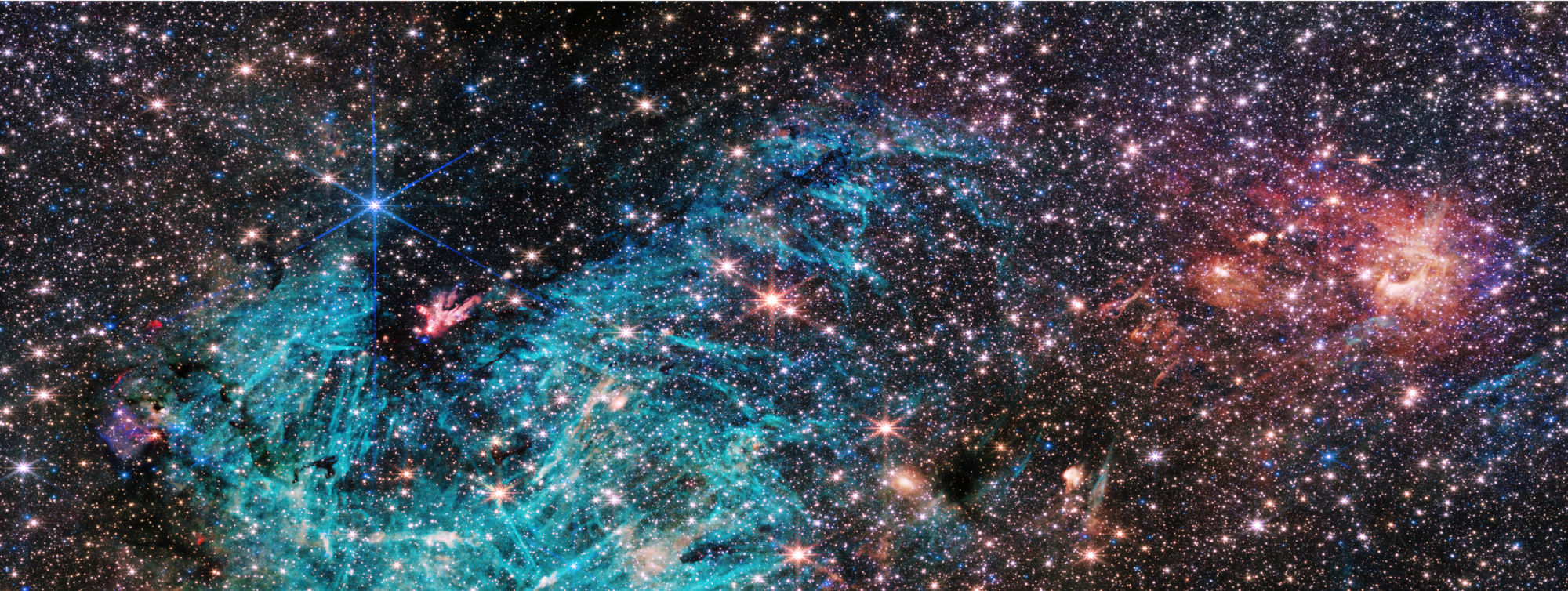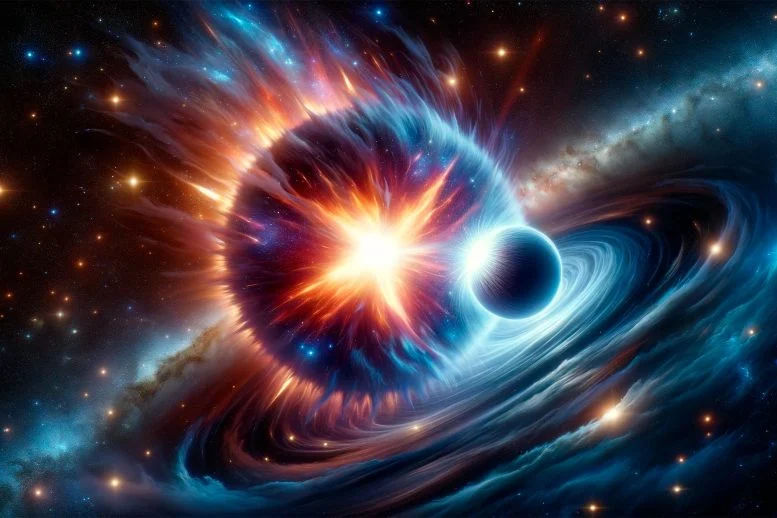NASA’s Webb reveals new features in the heart of the Milky Way
- Antigoni Papadhima
- Scientific News
- 2 minutes (394 words)
The James Webb Space Telescope (JWST), NASA's cutting-edge observatory, has provided a remarkable and detailed image of the dense center of our galaxy, unveiling features that challenge the existing astronomical understanding. This image, taken by the Near-Infrared Camera (NIRCam) instrument on the telescope, focuses on Sagittarius C (Sgr C), a star-forming region located about 300 light-years from the Milky Way's central supermassive black hole, Sagittarius A*.
Samuel Crowe and his observation team at the University of Virginia were enthused by the JWST resolution and sensitivity, allowing for the exploration of details no one had ever seen before! The galactic center, the most extreme environment in our Milky Way, seems to set the ground for current theories of star formation.
Among the 500,000 stars captured in the Sgr C region together with some as-yet unidentified features, a cluster of protostars stands out. These protostars are still under formation as they accumulate mass, but can emit outflows that resemble a glowing bonfire within an infrared-dark cloud. Also, the density of the surrounding cloud is so intense that it obscures light from stars positioned behind it; creating the illusion of a less crowded region when, in fact, it is one of the most densely packed areas in the image!
JWST NIRCam also detected large-scale emissions from ionized hydrogen, appearing cyan-colored in the image. This phenomenon, usually associated with energetic photons emitted by young massive stars, surprised researchers due to its vast extent, prompting further investigation. Besides that, the chaotically-orientated needle-like structures within the ionized hydrogen pose another intriguing feature for examination. Also, the galactic center, characterized by star-forming clouds, showcases the impact of these stars on their surrounding environment through outflows, winds, jets, and radiation.
Crowe underscored the importance of JWST for the galactic center's precise observations of approximately 25,000 light-years from Earth. He also highlighted that the understanding of massive stars is akin to learning the universe's origin story, as stars act as factories producing heavy elements in their nuclear cores. The James Webb Space Telescope, an international collaboration led by NASA, along with partners like the European Space Agency (ESA) and the Canadian Space Agency (CSA), continues to unlock mysteries within our solar system, investigate distant exoplanets, and delve into the origins and structures of the universe!



Comments
Log in to read and post comments